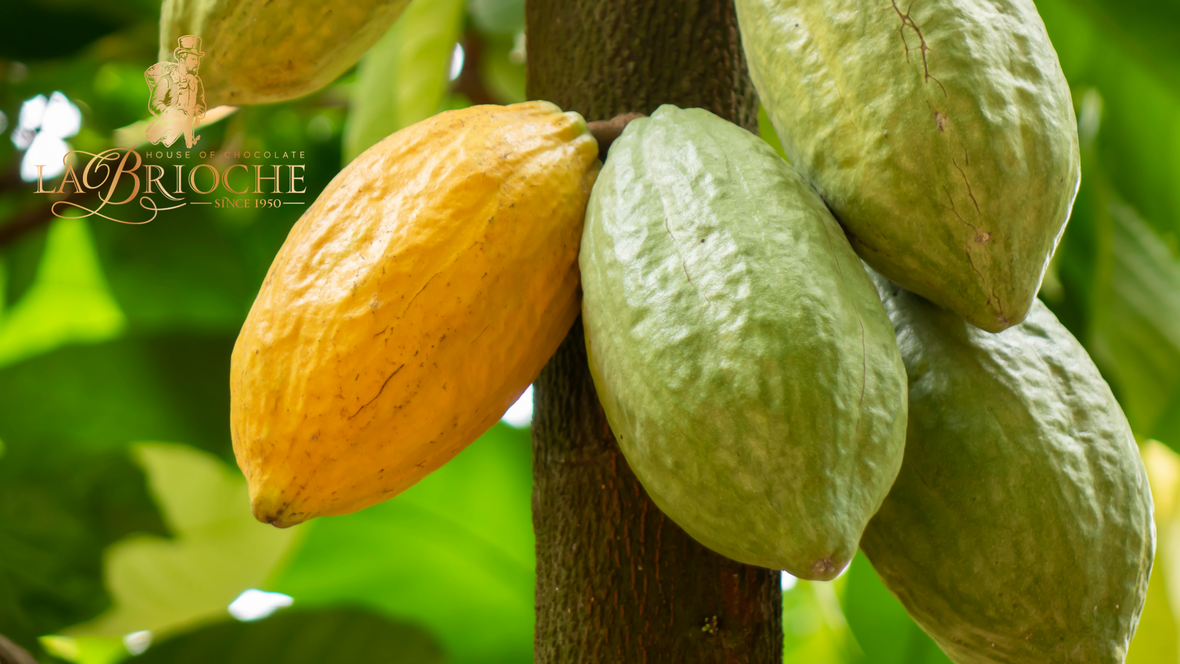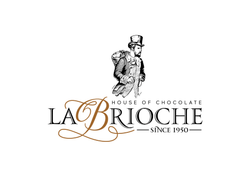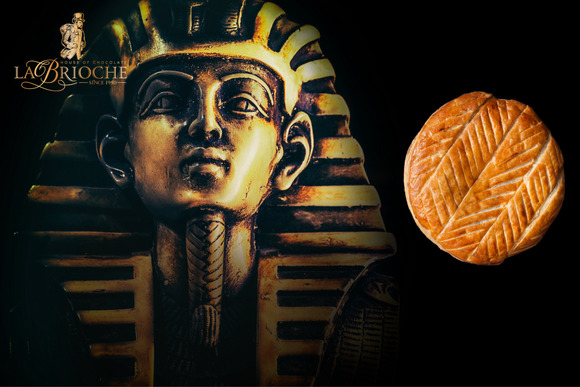
How Are Cocoa Plants Grown?
Omar Adnan Jabri
Cocoa plants, also known as Theobroma cacao, are grown in tropical regions around the world, primarily in countries within the "cocoa belt" that spans approximately 10 degrees north and south of the equator. Here is an overview of the cocoa plant cultivation process:
-
Planting: Cocoa trees are typically grown from seeds, which are extracted from the ripe pods of mature cocoa trees. The seeds are first fermented in heaps or boxes for a few days to develop flavor and remove the pulp. After fermentation, the seeds are dried in the sun or through artificial drying methods to reduce their moisture content and prevent spoilage.
-
Nursery: The dried cocoa seeds are then planted in nurseries, where they are germinated and grown into seedlings. The nursery provides a controlled environment for the young cocoa plants to establish their root systems and develop into healthy seedlings.
-
Transplanting: Once the cocoa seedlings are around 6-12 months old and have developed a strong root system, they are transplanted to the cocoa farm. The cocoa trees are typically spaced apart to allow for proper sunlight, air circulation, and room for growth.
-
Shade management: Cocoa trees are usually grown in shaded environments, as they thrive under the canopy of taller trees that provide natural shade. Shade management is an important aspect of cocoa farming, as it can affect the quality and flavor of the cocoa beans. Different types of shade trees, such as banana, plantain, or timber trees, may be used to create the ideal microclimate for cocoa trees to grow.
-
Pruning and maintenance: Cocoa trees require regular pruning and maintenance to ensure healthy growth and optimal yield. Pruning involves selectively removing diseased, damaged, or overgrown branches to promote better airflow and light penetration, which can help prevent diseases and improve cocoa bean quality.
-
Pest and disease management: Cocoa trees are susceptible to various pests and diseases, such as cocoa pod borer, black pod disease, and witches' broom disease. Integrated Pest Management (IPM) practices, such as the use of natural predators, traps, and cultural practices, may be employed to manage pests and diseases in a sustainable and environmentally friendly manner.
-
Harvesting: Cocoa trees typically start producing pods after 2-4 years of planting, and they continue to bear fruit for several decades. The pods are harvested by hand using machetes or other tools, and the ripe pods are carefully opened to extract the cocoa beans. The beans are then fermented and dried to develop their flavor and aroma.
-
Post-harvest processing: Once the cocoa beans are dried, they are typically sorted, graded, and packed for transport to cocoa processing facilities. At the processing facilities, the cocoa beans are cleaned, roasted, and winnowed to remove the shells, resulting in cocoa nibs. The cocoa nibs are then ground into cocoa mass, which can be further processed into cocoa powder or cocoa butter, depending on the desired end product.
Cocoa farming is labor-intensive and requires careful management of various factors, such as soil fertility, shade management, pest and disease control, and post-harvest processing, to ensure a successful cocoa harvest and high-quality cocoa beans. Sustainable cocoa farming practices, such as agroforestry, organic farming, and fair trade, are increasingly being promoted to support the livelihoods of cocoa farmers, protect the environment, and ensure the sustainability of the cocoa industry.



